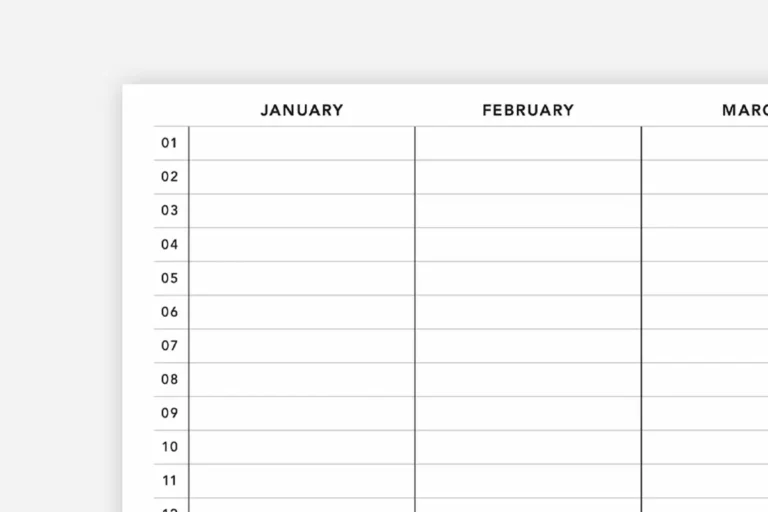In the evolving landscape of digital publishing, PDFs (Portable Document Format) have emerged as a vital tool for the distribution of digital magazines and newspapers. This format, developed by Adobe Systems, has revolutionized the way publishers and readers interact with digital print media. This 1000-word article explores the role of PDFs in digital publishing, particularly in the context of magazines and newspapers, and the benefits and challenges they present.
Introduction
The transition from traditional print to digital media has been significantly shaped by the advent of PDF technology. In the world of digital magazines and newspapers, PDFs serve as a bridge between the familiar layout of print and the interactive capabilities of digital platforms, offering a unique combination of readability, convenience, and accessibility.
The Emergence of PDFs in Digital Publishing
Historical Context
Originally designed as a tool for desktop publishing, the PDF format’s ability to preserve the layout and design of a document made it an ideal choice for digital publishing.
Adoption by Magazines and Newspapers
Publishers quickly adopted PDFs for digital editions of magazines and newspapers. This allowed them to present their content in a format that was both visually appealing and easily accessible to a broad audience.
Advantages of PDFs in Digital Publications
Consistent Layout and Design
PDFs maintain the exact layout and design of the print version, ensuring that the visual and aesthetic elements of magazines and newspapers are preserved in their digital counterparts.
Accessibility and Portability
PDFs can be accessed on various devices, including computers, tablets, and smartphones, making digital magazines and newspapers portable and convenient for readers.
Interactive Features
Modern PDFs can include interactive elements such as hyperlinks, embedded multimedia, and navigation features, enhancing the reader’s experience beyond traditional print media.
Ease of Distribution
PDFs can be easily distributed via email, websites, or digital platforms, simplifying the process of reaching a global audience.
PDFs and the Reader Experience
Reading Experience
The format provides a familiar reading experience for those accustomed to print media, with the added benefit of zoom and search functions.
Offline Accessibility
Unlike some digital formats that require an internet connection, PDFs can be downloaded and accessed offline, offering flexibility in how and when readers engage with the content.
Integration with Digital Libraries
PDFs can be easily integrated into digital libraries and archives, allowing for efficient storage, categorization, and retrieval of past issues of magazines and newspapers.
Challenges and Limitations
File Size and Download Times
PDF files, especially those with high-resolution images and interactive elements, can be large, leading to longer download times and increased storage requirements.
Limited Interactivity Compared to Other Formats
While PDFs offer some interactive features, they may not provide the same level of engagement as other digital formats specifically designed for interactive content.
Adaptability to Different Screen Sizes
PDFs may not always adapt well to different screen sizes and orientations, potentially impacting the readability on mobile devices.
Innovations and Advancements
Enhanced Interactivity
Developments in PDF technology are focusing on enhancing interactivity, with features like embedded videos, animation, and interactive infographics.
Improved Compatibility and Responsiveness
Efforts are being made to improve the responsiveness of PDFs across various devices and platforms, ensuring a seamless reading experience.
Integration with Augmented Reality
Some publishers are experimenting with integrating augmented reality (AR) features into their PDFs, offering readers an immersive and interactive experience.
The Role of PDFs in Digital Advertising
Ad Placement
PDFs allow for the precise placement of advertisements, mirroring the traditional print advertising model.
Interactive Ads
Advertisers can leverage PDFs to include interactive ads, such as clickable links or embedded multimedia, enhancing engagement and tracking capabilities.
Environmental Impact
Reduction in Paper Use
The shift to digital editions of magazines and newspapers in PDF format contributes to a reduction in paper use, aligning with environmentally sustainable practices.
Carbon Footprint
While digital publishing reduces paper waste, it’s essential to consider the carbon footprint associated with digital storage and distribution.
The Future of PDFs in Digital Publishing
Continued Relevance
Despite the emergence of new digital formats, PDFs are likely to remain a significant component of digital publishing due to their widespread use and familiarity among readers.
Integration with New Technologies
As digital publishing evolves, PDFs will likely integrate more seamlessly with emerging technologies, offering enhanced interactivity and reader engagement.
Conclusion
PDFs have played a pivotal role in the transition of magazines and newspapers from print to digital. They offer a unique blend of traditional and digital publishing elements, making them an essential tool in the arsenal of digital publishers. While challenges remain, ongoing innovations in PDF technology continue to enhance their capabilities, ensuring their relevance in the dynamic world of digital publishing. As we move forward, PDFs will undoubtedly continue to adapt, evolve, and contribute significantly to the ever-changing landscape of danatoto digital media.




















